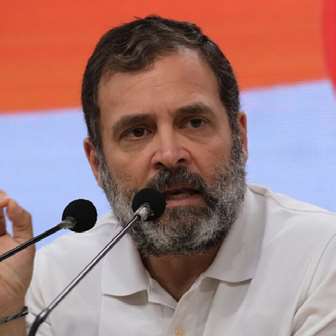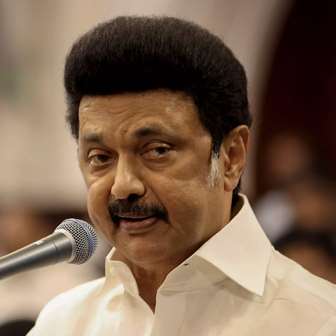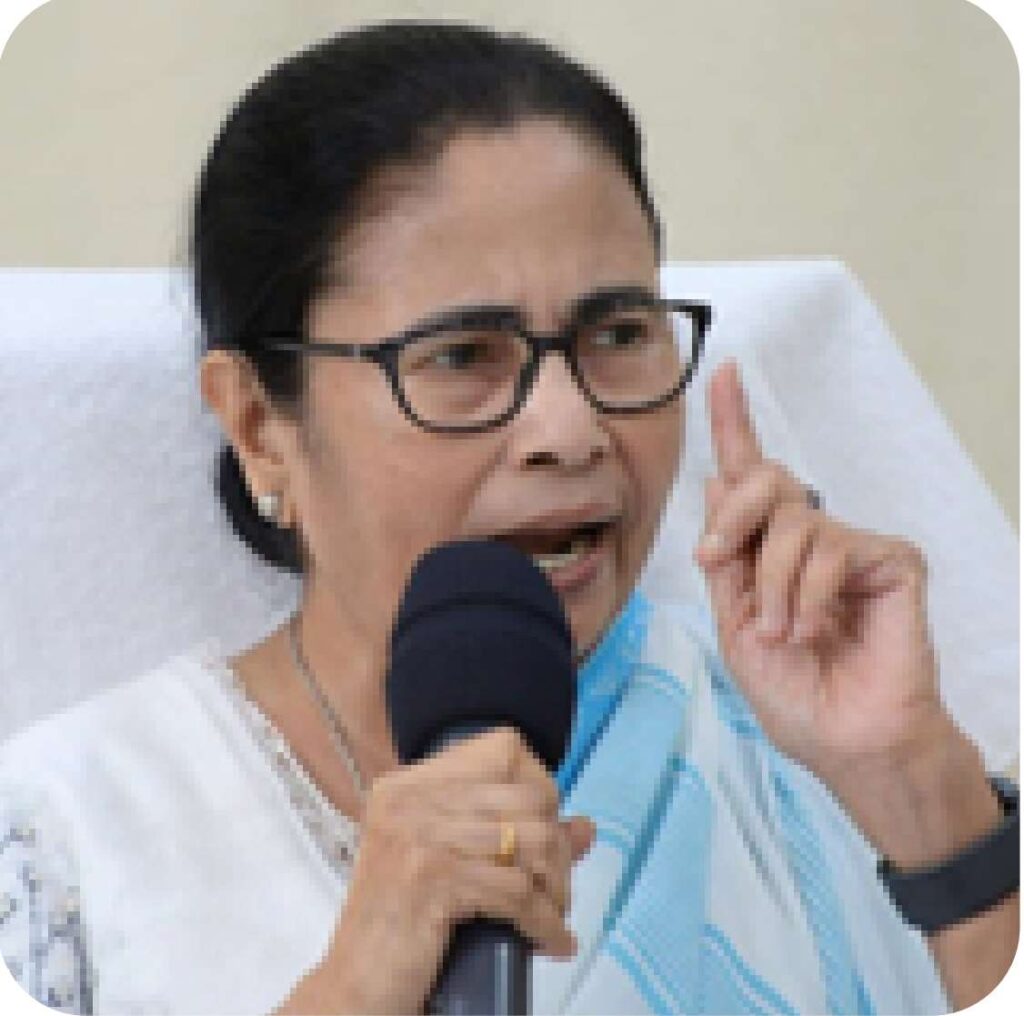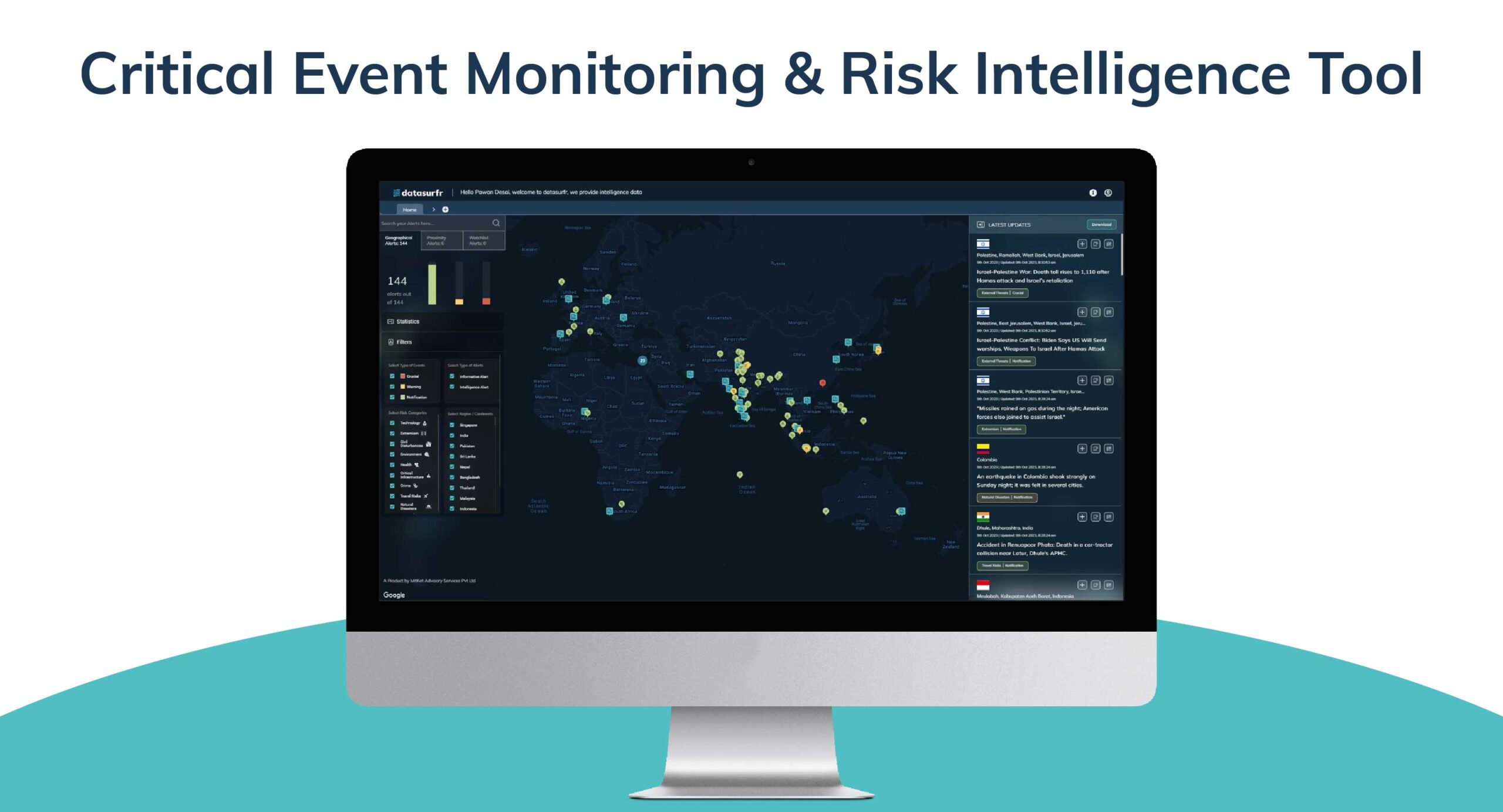India
What:
India operates under a multiparty parliamentary system with a bicameral legislature. The upcoming elections, scheduled to commence on April 19, are for the lower house of Parliament, known as the Lok Sabha, comprising 543 seats. The party or coalition securing a majority will nominate a candidate for prime minister and subsequently establish the governing administration.
Background:
The political scene in India is currently dominated by the BJP-led NDA coalition, with the INC as the primary opposition. Despite its historical significance, the INC has faced significant losses in recent elections. In July 2023, the INC formed the INDIA alliance with major state-level opposition parties, aiming to challenge the NDA in the upcoming general elections. However, INDIA has faced internal conflicts and defections leading up to the election.
Key Players
National Democratic Alliance (NDA)
The ruling alliance of NDA led by the Bharatiya Janata Party (BJP) is campaigning for a third successive term. The NDA alliance recorded a landslide victory during the general elections in 2019 by winning 353 seats out of 543 seats. The BJP itself won 303 seats in 2019. The popularity of PM Modi remains the biggest factor for the NDA alliance.
Indian National Congress (INC)
The Indian National Congress (INC), headed by Mallikarjun Kharge, is the only pan-India opposition party challenging the NDA alliance. The INC was able to increase the number of seats from 44 in 2014 to 52 in 2019. However, they failed to claim the position of the main opposition party.
Outlook:
Recent opinion polls indicate strong support for the Bharatiya Janata Party (BJP), Prime Minister Modi, and their allies, suggesting a high probability of their continued tenure in power. Modi’s leadership remains a significant factor in the BJP’s electoral prospects, with his popularity positioning him as the predominant face of the party. Conversely, the Indian National Congress (INC) and its opposing coalition are likely to be led by politician Rahul Gandhi. This sets the stage for a binary choice for voters, who indirectly select the ruling party by voting for their representative figure—either Modi or Gandhi. This dynamic underscores the central role of individual leaders in shaping electoral outcomes, where voters often align themselves based on their support for specific leaders rather than party ideologies or policies.











